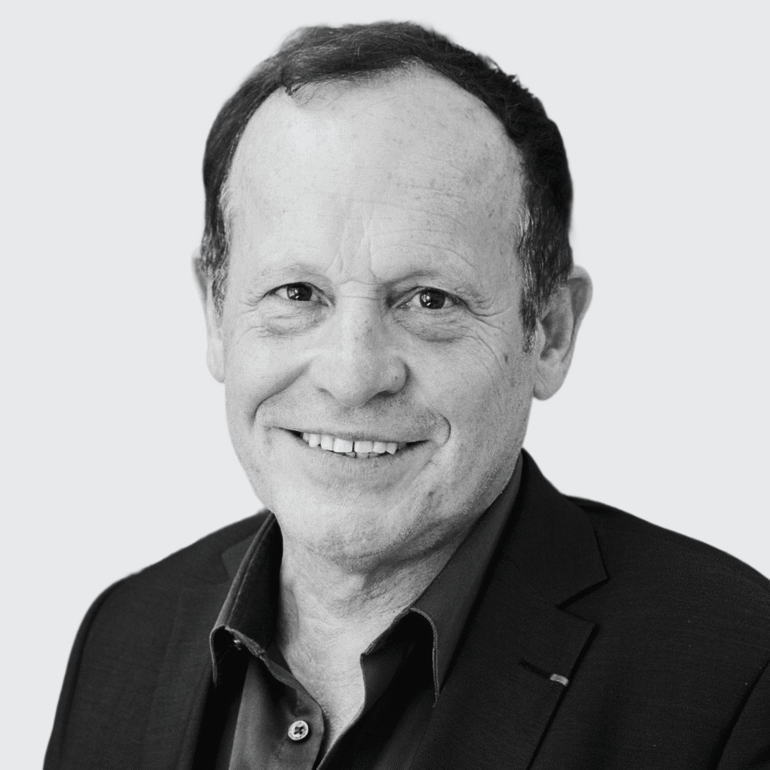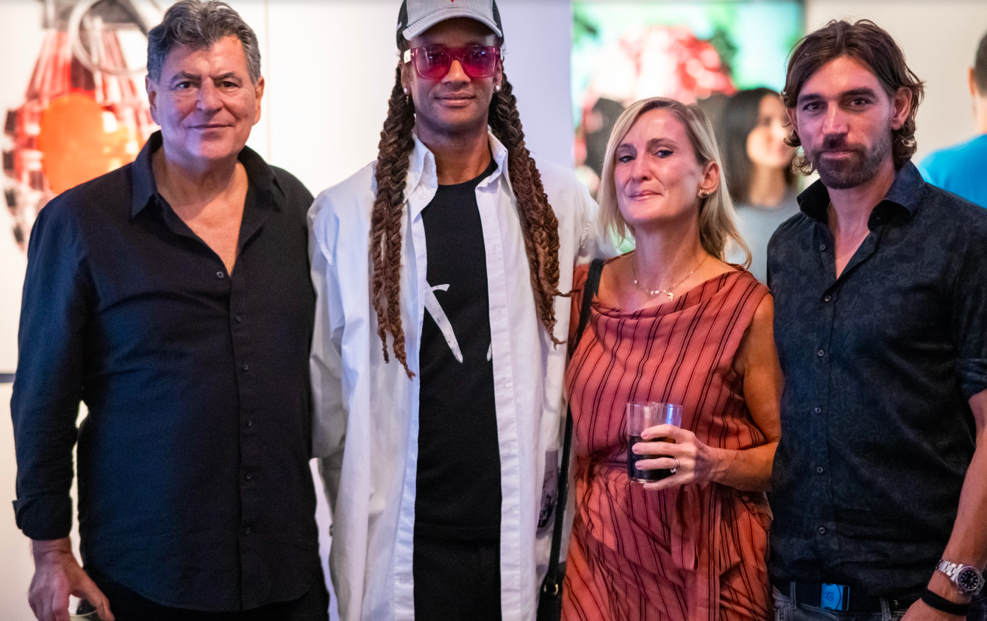This autumn, Geneva’s Musée Rath opens its doors to More than Meets the Eye (16 October until 23 November 2025), a landmark exhibition presenting modern and contemporary art from Africa through the lens of the CBH Bank Collection. Co-curated by Jean-Yves Marin, former Director of the Musée d’art & d’histoire de Genève, and Ousseynou Wade, former Secretary General of the Dakar Biennale, the show spans nearly a century of creativity across 21 countries and more than 80 artists, from early pioneers to internationally celebrated figures and a new generation of trailblazing women.
In this Culturalee interview, we sit down with curator Jean-Yves Marin to explore how the exhibition brings forward powerful, underrepresented voices in Swiss museum spaces and reframes the richness and diversity of African artistic expression.
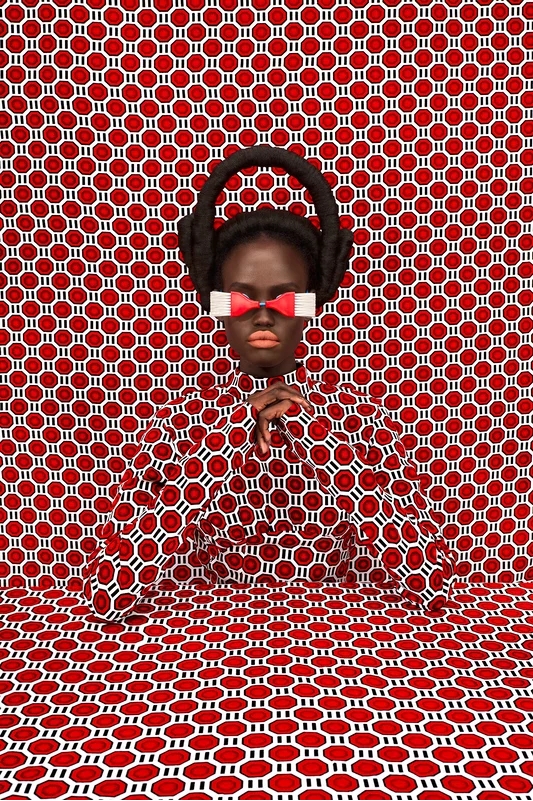
More than Meets the Eye marks the first public unveiling of CBH Bank’s collection of modern and contemporary African art. What does it mean for you to bring this collection into the public sphere, and why now?
Although the market for contemporary African art has grown significantly over the past ten years, knowledge of it has remained somewhat limited. CBH Bank first established the framework for its acquisitions, then curated a collection of significant importance. By its very nature, every collection is meant to be shared with the public. The right moment was found with CBH’s 50th anniversary — by this time, the collection had grown to a sufficient size, and key contemporary artists were well represented.
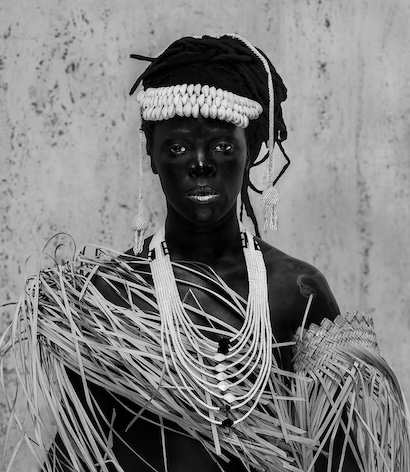
The exhibition spans nearly a century of creativity, from early innovators like Albert and Antoinette Lubaki to contemporary voices such as Amoako Boafo and Thandiwe Muriu. How did you approach curating such a wide temporal and stylistic range?
The first step was to develop a clear synopsis that integrated the exhibition’s narrative with a historical perspective, avoiding a purely chronological approach. The chosen themes enable us to present the collection along a path that reflects the artists’ creative journeys. We progress from distinctly African representations towards a broader openness to the world, expressed through an incredible diversity of techniques and styles.
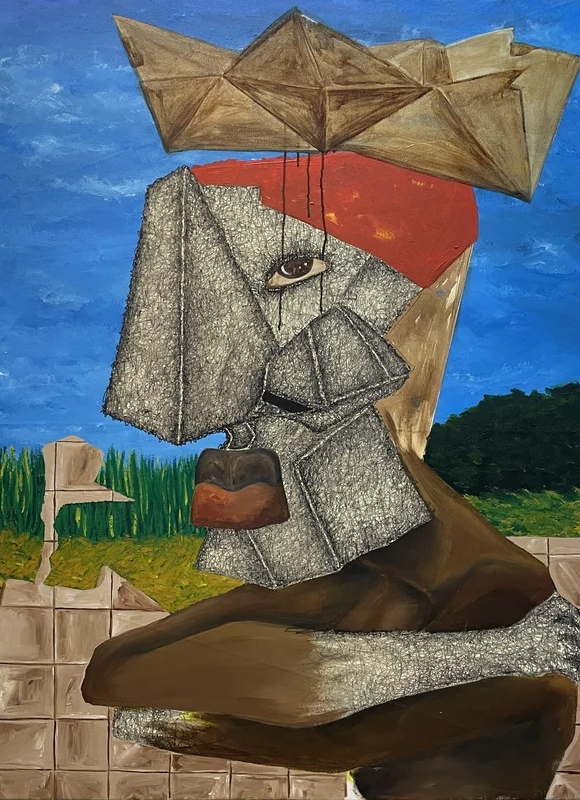
This exhibition is co-curated with Ousseynou Wade, a leading figure in African art. How did your perspectives complement each other in shaping the narrative of the show?
We know each other well and are familiar with each other’s areas of expertise. We each sought to ensure the relevance of the choices and placements for the works. It was a collaborative effort that enabled us to make a proposal to CBH that truly reflects the spirit of the collection. As an African professional, Ousseynou Wade has a closer connection to the artists and their sensibilities. For my part, I have attempted in the catalogue biographies to contextualize the works and offer syntheses organized by theme and period.
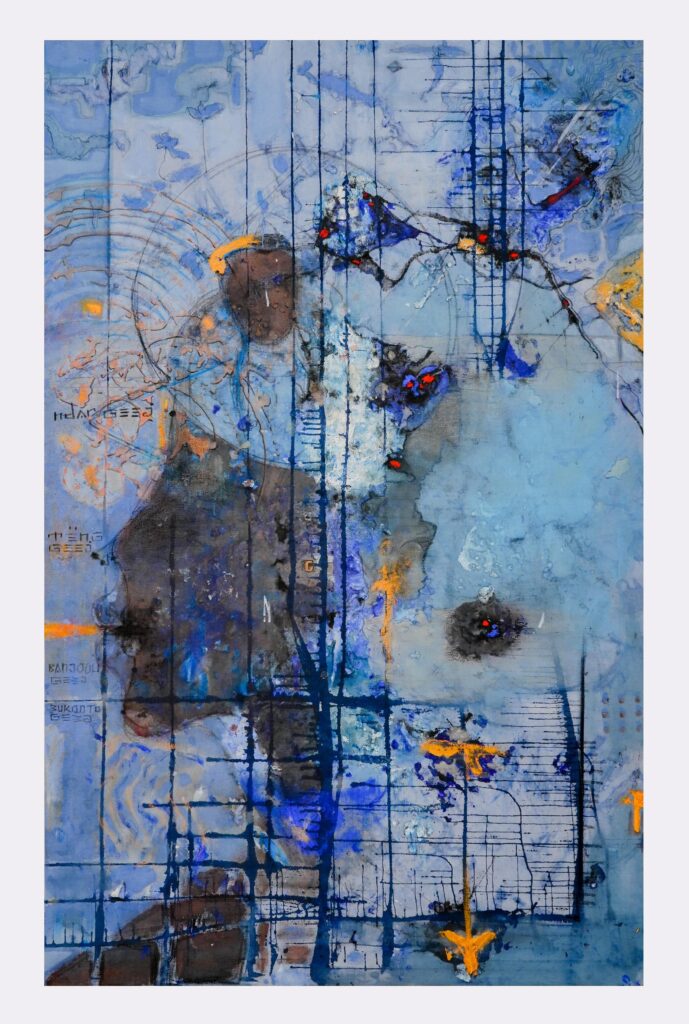
Geneva’s museums have rarely highlighted African artistic scenes. How do you see this exhibition contributing to a broader rebalancing of cultural representation in Switzerland?
Neither the Musée d’art & d’histoire de Genève, not the Musée d’ethnographie de Genève, has a collection of this type. This exhibition should provide new insights for public and private collections, as well as for companies and individuals. This is one of the few areas where it is possible to assemble a diverse and extensive collection.
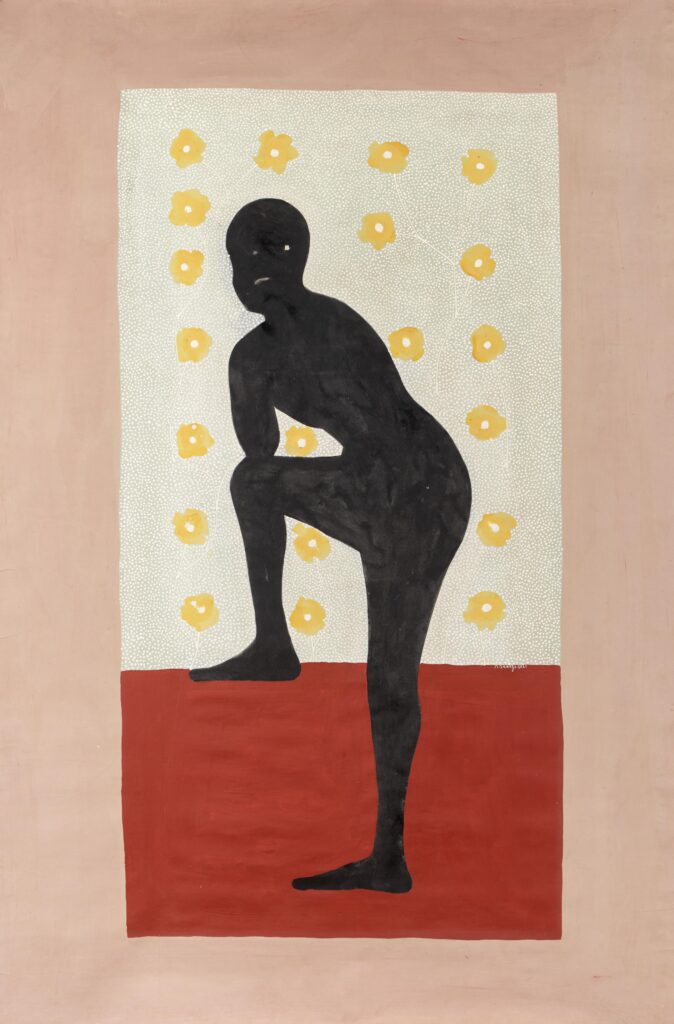
Looking ahead, what role do you hope collections like CBH’s, and exhibitions like More than Meets the Eye, will play in reshaping how African art is viewed and valued on the global stage?
It is becoming clear that until now, this original, globally oriented art has been underestimated. Some of the artists we are presenting have had major retrospectives in Anglo-Saxon museums, and we hope that this will soon be the case in the French-speaking world too. The public is eager to learn about Africa today, and the international experience of African artists serves as a bridge to this discovery. CBH has paved the way with this exhibition, and we hope that as many people as possible will follow in its footsteps for the pleasure of the eyes and to discover new horizons in world art.


